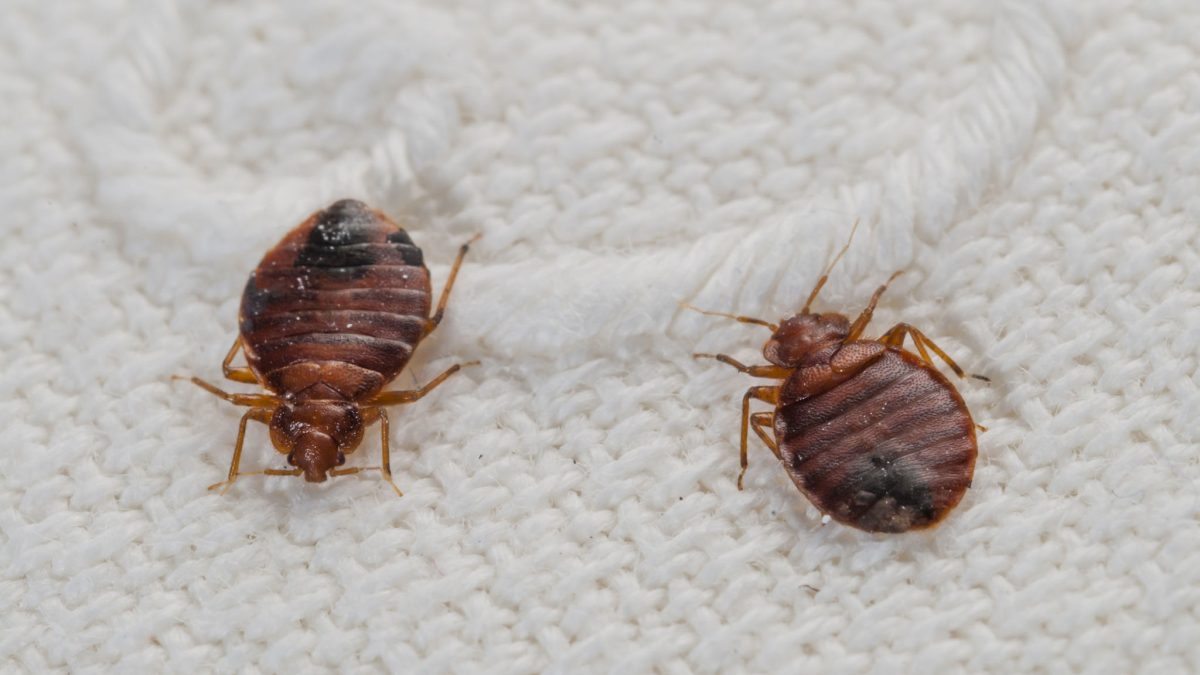Discovering bed bugs in your home can be an unsettling experience, especially in a fast-paced, high-density city like New York. The thought of tiny, persistent pests living in your mattress or furniture is enough to make anyone anxious. But once you’ve made the smart decision to call in a professional exterminator, the next question becomes: What exactly happens during a bed bug treatment?
If you’ve never dealt with this before, it’s normal to feel uncertain or overwhelmed. This guide walks you through every step of the professional treatment process—from inspection to follow-up—so you can feel confident and prepared.
Step 1: Initial Inspection
What to expect:
Your bed bug exterminator will begin with a thorough inspection of your home. In NYC apartments, that typically means bedrooms, living rooms, and anywhere else with upholstered furniture.
They’ll check:
- Mattress seams and box springs
- Bed frames and headboards
- Couch cushions and under furniture
- Baseboards, floorboards, and electrical outlets
- Luggage, bags, or storage containers
- Closet areas and cracks in walls
Why it matters:
Identifying the scope and severity of the infestation is critical. A light infestation might be contained to one room. A larger one may have spread across the apartment. The treatment plan will be customized based on what’s found.
Step 2: Preparing Your Home for Treatment
What to expect:
Before the actual treatment begins, you’ll need to prepare your space. Your exterminator will provide a prep sheet, but typical preparation includes:
- Laundering all clothing, linens, and curtains in hot water and drying on high heat
- Emptying closets and drawers, especially near sleeping areas
- Vacuuming floors, carpets, and upholstery
- Removing clutter to give technicians access to baseboards and furniture
- Unplugging electronics and moving furniture away from walls
Why it matters:
Bed bugs are excellent at hiding. The more access your exterminator has, the more effective the treatment will be. Proper preparation can make the difference between needing one visit versus multiple.
Step 3: Treatment Day
Professional exterminators may use a combination of techniques depending on the infestation. Here’s what you might experience:
Option 1: Chemical Treatment
What it involves:
- Application of insecticide to cracks, crevices, baseboards, furniture joints, and mattress seams
- Use of residual sprays that continue killing bugs for weeks after application
- Insecticidal dusts for hard-to-reach areas like outlets or behind furniture
Pros: Effective, budget-friendly, and typically requires 2–3 visits to break the bed bug life cycle.
Option 2: Heat Treatment
What it involves:
- Raising the temperature in the affected area to 120–140°F
- Using industrial heaters and fans to circulate hot air evenly throughout the space
- Monitoring temps with sensors to ensure lethal conditions are reached in all hiding spots
Pros: Kills all life stages (eggs, nymphs, adults) in a single session; chemical-free and environmentally friendly.
Note: Not all companies offer heat treatment, and it’s typically more expensive—but also faster and less invasive long term.
Option 3: Integrated Treatment
Many NYC exterminators use a combination of heat, chemicals, vacuums, steam, and encasements to ensure no bug is left behind. Your treatment will be tailored to your living space and the severity of the infestation.
Step 4: Post-Treatment Protocol
What to expect:
After the treatment, you’ll need to follow a few guidelines to keep things on track:
- Avoid deep cleaning for at least 10–14 days after chemical treatments (to allow residuals to work)
- Continue laundering regularly in high heat
- Use mattress and box spring encasements to trap and monitor any lingering bugs
- Vacuum frequently and dispose of the vacuum bag immediately
Your exterminator may schedule a follow-up visit in 10–14 days to re-inspect and retreat if needed. Bed bugs lay eggs in cycles, so multiple treatments are sometimes necessary.
Step 5: Prevention Moving Forward
After dealing with an infestation, most NYC residents are eager to avoid going through it again. Here are some prevention tips your exterminator may share:
- Avoid picking up used furniture from sidewalks or online unless professionally inspected
- Use protective covers on mattresses and box springs
- Be cautious when traveling—inspect hotel rooms and keep luggage elevated
- Declutter regularly and inspect furniture, especially near sleeping areas
- Report any signs of bed bugs to landlords or building management immediately
Final Thoughts
Bed bug infestations can be stressful, but they’re not permanent—and you don’t have to face them alone. Professional exterminators in NYC are well-equipped to handle even the toughest infestations, using proven methods that work.
The key is to act quickly, follow preparation and post-treatment instructions carefully, and partner with a licensed, experienced pest control provider. With the right support and a little patience, your home will be bed bug-free and back to normal in no time.
Want help prepping your home for treatment? Or wondering which approach is right for your apartment or building? Reach out anytime—we’re here to help NYC sleep soundly again. We recommend pest control new york city.
Related posts
Categories
Recent Posts
Advertisment


